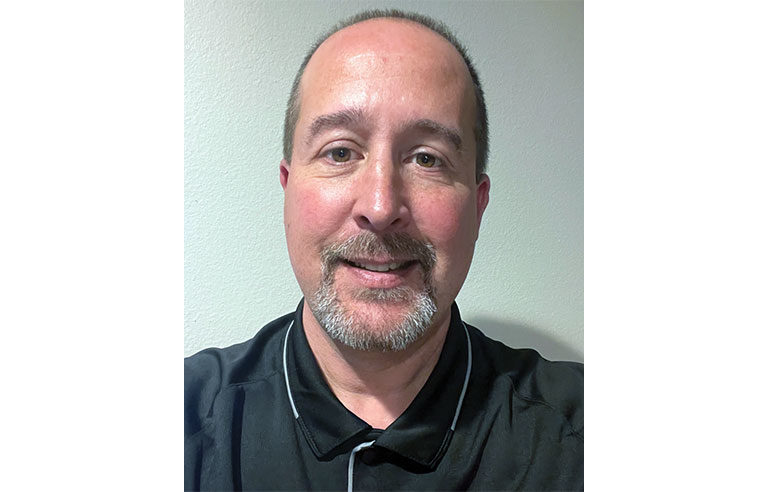Trends in … fall protection
One expert shares his insight

Of the nearly 1,100 construction deaths recorded in 2022, according to Bureau of Labor Statistics data, almost 400 involved falls from height.
With the National Safety Stand-Down to Prevent Falls in Construction taking place this month (May 6-10), Safety+Health wants to play its part in spreading awareness of fall hazards and how to prevent them. We talked with Kevin Denis, technical services manager at Werner Fall Protection, who told us fall protection is “more than just having a harness.”
What do you wish employers and workers better understood about using fall protection in the workplace?
That active fall protection system is a “system,” and it’s more than just having a harness on and tying off. I would encourage workplaces to look more closely at fall distances, forces generated in a fall and clearances. If the workplace can’t eliminate the fall hazard or use passive control methods such as guardrails, covers or netting, an active system must be used (travel restraint or fall arrest). Active systems have several detail points that must be considered to work correctly. Sizing and adjusting a harness correctly; controlling fall distances, which in turn assists in controlling forces; and estimating clearances are some of this detail that need to be understood.
What concerns or questions are customers coming to you with regarding fall protection? What advice do you provide?
Several questions are related to product compatibility and user capacity (weight of the worker). “Can I connect Product A to Product B?” is probably the most common question, followed by, “I have a worker who weighs X – can I use this product?” My intent is always to help them out, but this question is related to the one about understanding fall protection. As more people understand fall distance and force (weight and deceleration), workplaces will be more confident in their equipment selection and application. Any time an active fall protection system is used, training is key so people understand limitations on fall distances, weight and clearance.
Are there new or improved methods or technology being used to manufacture fall protection, improving the safety of the products?
Improvements in manufacturing frequently occur, but improvements to the manufacturing process are usually speed or efficiency related. These certainly improve the process, but I’d answer that improved methods in testing usually improve the safety of the product more than improvements in manufacturing. Advancements in testing standards, which specify load measuring equipment, number of samples tested, environment test conditions, data collection and a host of other items, lead to improvements being made in the finished product. Improvements in the testing lead to improved products.
Compiled with the assistance of the International Safety Equipment Association
Coming next month:
- Heat protection
Post a comment to this article
Safety+Health welcomes comments that promote respectful dialogue. Please stay on topic. Comments that contain personal attacks, profanity or abusive language – or those aggressively promoting products or services – will be removed. We reserve the right to determine which comments violate our comment policy. (Anonymous comments are welcome; merely skip the “name” field in the comment box. An email address is required but will not be included with your comment.)

